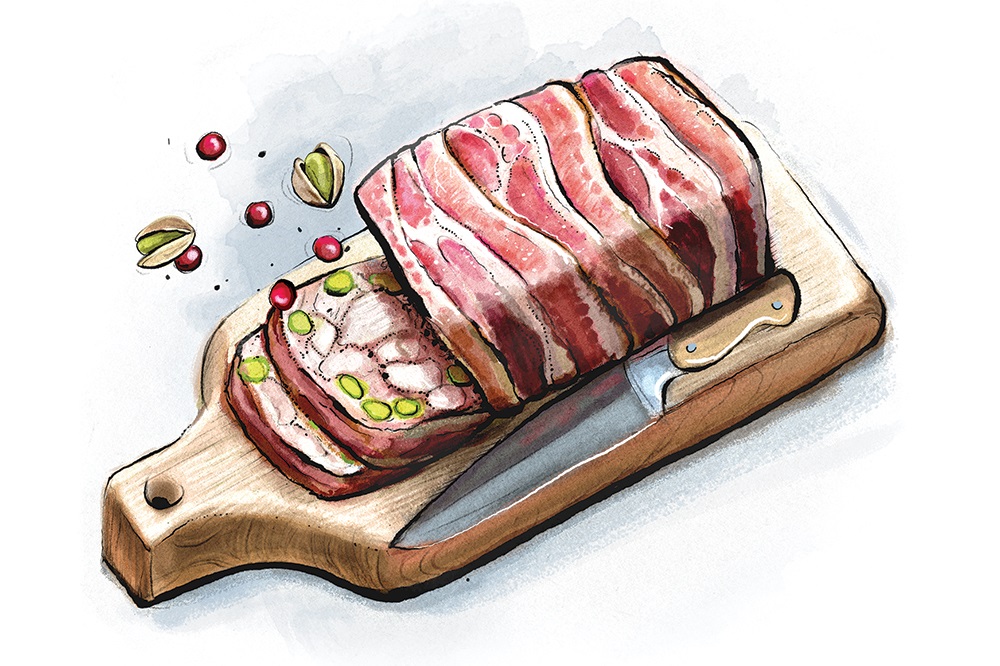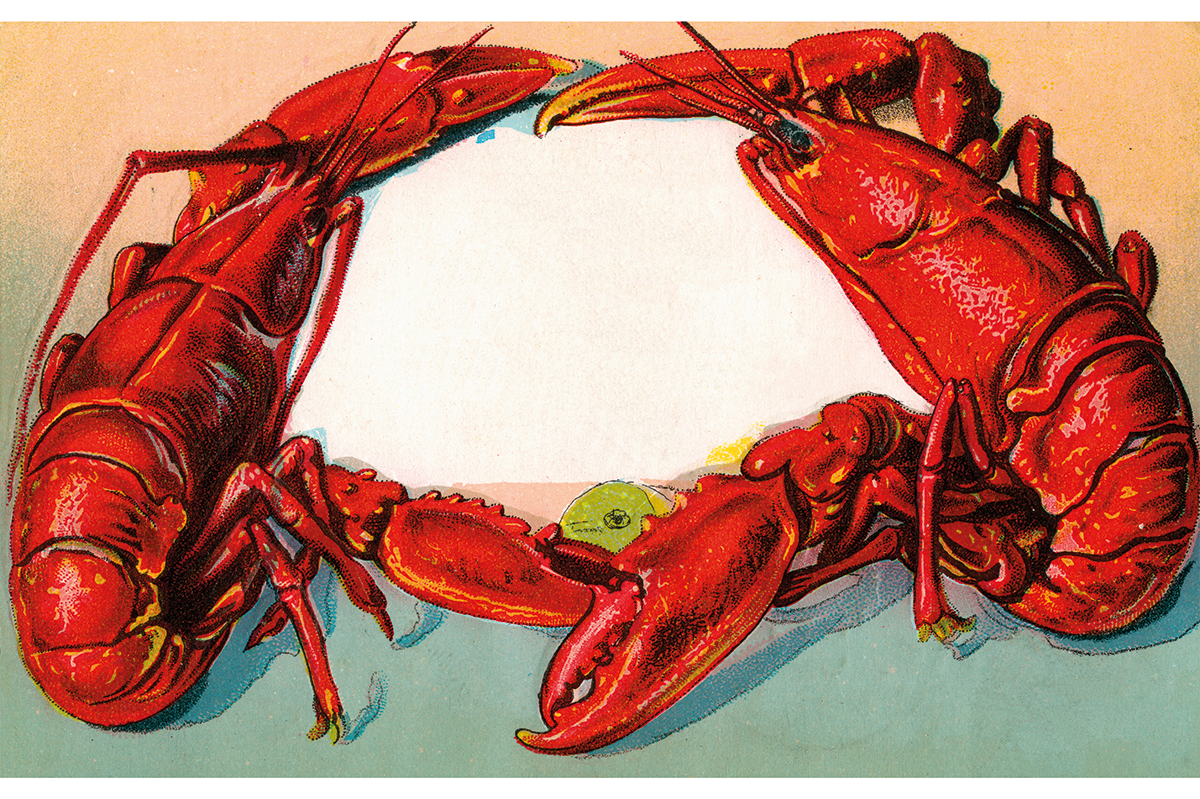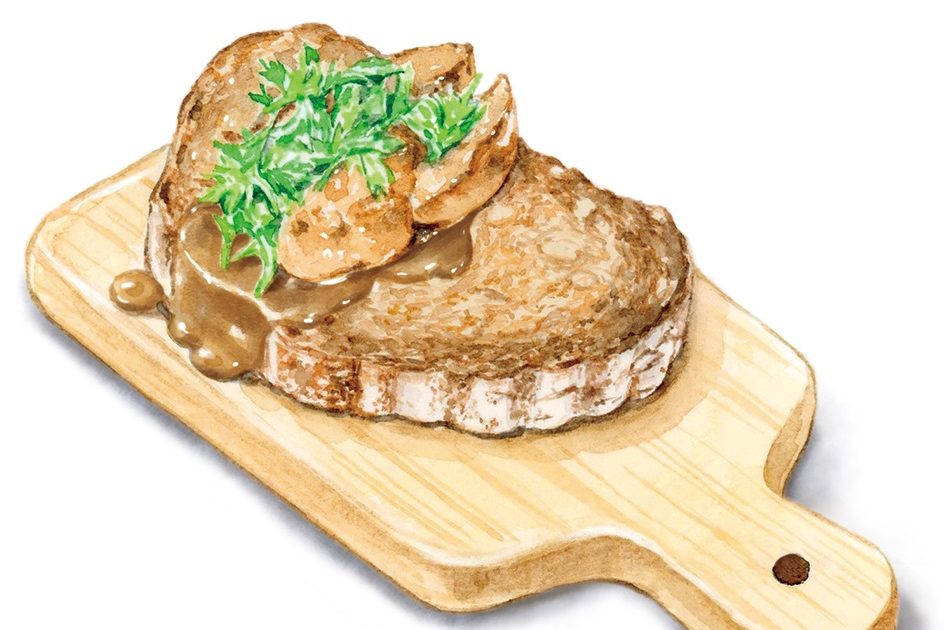When you’re planning Christmas, the big event is the easy bit. No, hear me out. It’s obviously a production — a feast! — more of an exercise in logistics than it is complicated cooking, making sure all the many elements come together at the correct moment.
I’m not trying to underplay the amount of effort that it takes, but in terms of the constituent parts, it’s relatively straightforward. Most of us are turkey families, but if you’re a goose or rib of beef or nut-roast household, chances are that you’re fully aware of this as soon as you sit down to write your Christmas grocery list. There will always be esoteric demands that you have to honor to ensure the health of family relationships (my husband’s family would die on a bread sauce hill; my brother-in-law requires Yorkshire puddings, irrespective of the meat served). But, really, as long as you have enough roast potatoes and gravy, anything else is forgiven. You’re unlikely to feel stumped as to what you’re going to serve.
Terrine forms a substantial part of a festive buffet, serves as a quiet supper or makes an impressive starter
It’s the surrounding meals which are the true conundrum, those confusing days either side of Christmas. What are we going to eat on Christmas Eve? Do I need to do a “proper” meal for Boxing Day? What do you need to turn leftovers into a cohesive meal that you can serve to guests, as opposed to the solitary act of standing in front of the fridge, grazing on cold roast potatoes with your hands? When do I serve all these mince pies I optimistically bought? Is someone going to (rightly) demand cheese with their Christmas cake? You can quickly lose your mind in the Escher-esque mind-mapping of what you should serve and when.
Of course, there are no prizes for martyrs, and I have to remind myself that those coming to mine for Christmas would rather a relaxed time and a bowl of crisps than a flustered hostess and a platter of perfect gougères (but frankly, they’ll get what they’re given).
That said, if you are someone who enjoys cooking and hosting, there is real joy in serving up something special that you wouldn’t ordinarily make, and a house full of people ready to spend several days eating and drinking is the perfect opportunity for the keen cook. This is where those surrounding meals come into their own. But how do you reconcile the avoidance of stress with making something fun?
My answer is the same as always — make something you can prepare in advance. I will bang my here’s-one-I-made-earlier drum until my arms fall off.
This year, I’m making a beautiful terrine. A terrine is a loaf of forcemeat (finely chopped meat or vegetables; in this case, simply sausage), that is cooked in a tin or pottery mould, usually in a bain marie to ensure gentle heat, and then served cold. Terrine is far easier to make than a pâte en croute, the pastry-wrapped version, but still pretty impressive. The sausage meat, chicken, nuts and dried fruit in this version are mixed together before being pressed into a bacon-lined loaf pan, and cooked slowly. A night in the fridge, weighed down with tins of soup or tomatoes, compresses the whole thing as it cools, and the following day it will cut into beautiful rectangular slabs with the cranberries and pistachios studded throughout like jewels. Most importantly, it will sit happily in the fridge for several days, but also freezes brilliantly if well-wrapped, meaning you can make it now, and then not think about it again until the day before you wish to serve it.
Terrine forms a substantial part of a festive buffet, serves as a quiet supper, or makes an impressive starter. I’ll be putting it alongside the cheeseboard (which I’ve outsourced to a guest). Its rich meatiness cries out for pickles and jellies: something sweet, crunchy, something with zing. I like lots of cornichons, a dollop of apple or medlar or quince jelly, and a single pickled onion. While you don’t need to serve terrine with bread and butter, there are few things that good bread and good butter don’t improve, and this isn’t one of them.
Serves 8 as a starter or part of a buffet
Takes 20 minutes, plus overnight cooling
Cooks 90 minutes
Pork, chicken, pistachio
and cranberry terrine
- 1 tbsp butter
- 2 chicken breasts
- 16 rashers smoked, streaky bacon
- 1 tbsp olive oil
- 2 tbsp brandy
- 1 small onion, finely diced
- 1 lb sausage meat
- 2 oz pistachios, coarsely chopped
- 2 oz dried cranberries
- ½ teaspoon allspice
- Salt and pepper
- Butter a two-pounds loaf pan. Lay most of the streaky bacon along the base of the pan, overhanging the sides, reserving three or four rashers to cover the top.
- Dice the chicken into small pieces. Heat the oil in a pan, and add the chicken. Set aside to cool, reduce the heat to low, and cook the onion until softened but not colored. Turn the heat up, add the brandy, and cook for thirty seconds, then add the cooked onion and brandy to the chicken.
- Preheat the oven to 320°F. Break up the sausage meat with your hands (removing the skins if you’re using whole sausages) into a large bowl. Add the pistachios, cranberries, the chicken and onions and any juices, and the allspice, along with salt and pepper. Mix the whole thing together and spoon into your lined loaf pan.
- Pack the mixture down with the back of a spoon, then lay the remaining rashers of bacon longways on top of the mixture. Fold the overhanging rashers over the top, enclosing the mixture. Wrap the loaf pan in tinfoil.
- Place the wrapped loaf pan in a roasting tray, and half-fill the tray with boiling water. Put the whole thing in the oven for ninety minutes.
- Remove the loaf pan, open the tinfoil a little, and pour away any juices. Replace the tinfoil, put three metal food cans on top to act as weights, leave to cool to room temperature, and then refrigerate overnight.
- Remove the cans and foil, run a knife around the edge of the tin, and invert. Serve in thick slices.
This article was originally published in The Spectator’s UK magazine. Subscribe to the World edition here.


























Leave a Reply